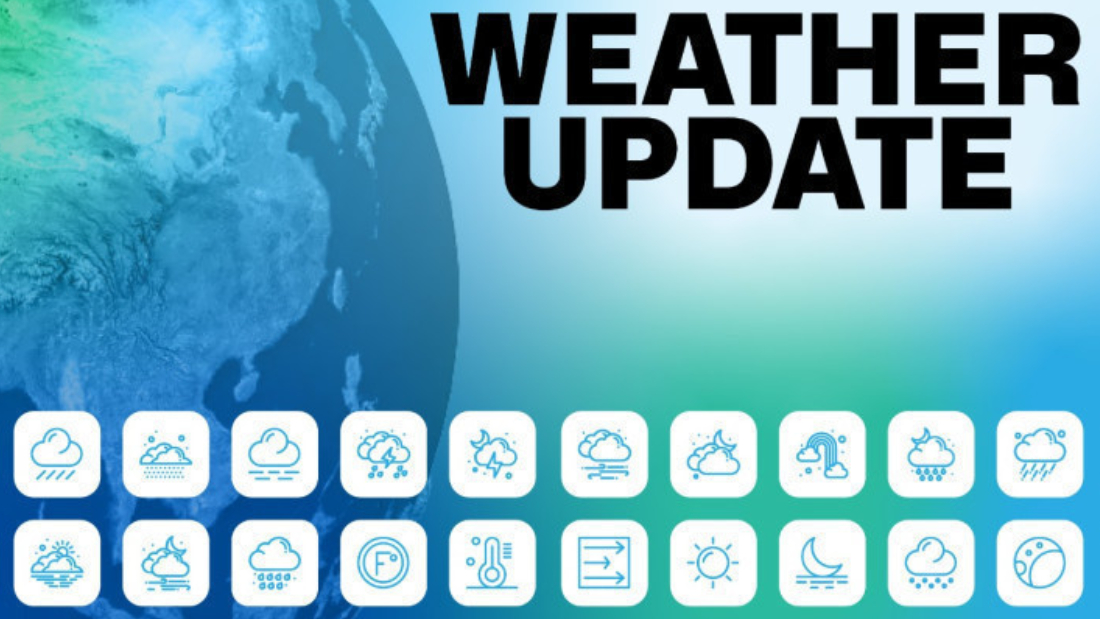
- 06 Jun, 2025

Nepal’s geography stretches from the lowland Terai plains to the towering peaks of the Himalayas, making its weather patterns incredibly diverse and seasonal. Whether you are a traveler planning a trek, a business preparing for climate-sensitive operations, or a resident looking for safety tips, this year-round weather advisory for Nepal offers the guidance you need.
Key Highlights:
Weather: Warm days, cool nights; increasingly sunny.
Temperature:
Terai: 25–35°C
Hill region: 15–25°C
Mountains: 5–15°C
Conditions: Stable, dry, and ideal for trekking and travel.
Advisory:
Great time for trekking in regions like Annapurna, Langtang, and Everest.
Stay hydrated during peak daytime heat.
Dust pollution can rise in cities like Kathmandu—wear a mask if needed.
Key Highlights:
Weather: Hot, humid, heavy rainfall, thunderstorms.
Temperature:
Terai: 28–40°C
Hill region: 20–30°C
Mountains: 10–20°C
Conditions: Road blockages, landslides, delayed flights common.
Advisory:
Avoid long treks in the hills and mountains—landslides are frequent.
Carry rain gear and waterproof essentials.
Check weather updates daily, especially before intercity travel.
Agricultural activities (especially paddy plantation) peak during this season.
Key Highlights:
Weather: Clear skies, mild temperatures, low rainfall.
Temperature:
Terai: 20–30°C
Hill region: 15–25°C
Mountains: 0–15°C
Conditions: Most stable and beautiful weather of the year.
Advisory:
Prime trekking season—book popular trails in advance.
Ideal for festivals like Dashain and Tihar.
Carry light layers for cool evenings.
Key Highlights:
Weather: Cold, especially in the hills and mountains; dry.
Temperature:
Terai: 4–20°C
Hill region: 0–15°C
Mountains: -10–5°C
Conditions: Fog in Terai, snowfall in high-altitude regions.
Advisory:
Prepare for freezing nights if visiting highlands.
Use caution when driving in the Terai due to dense fog.
Popular for cultural tourism in the Kathmandu Valley and Chitwan.
Landslides & Floods: Common during the monsoon. Follow local alerts and avoid unstable terrain.
Altitude Sickness: A risk in high-altitude treks year-round. Acclimatize slowly.
UV Exposure: Strong at higher altitudes even in winter—use sunscreen and sunglasses.
Air Quality: Can be poor in cities during winter and spring—monitor AQI and wear masks.
Travel Flexibility: Keep extra days in your plan in case of delays, especially during monsoon and winter.
Department of Hydrology and Meteorology (DHM): www.dhm.gov.np
Tourist Info Center: 1144 (Nepal Tourism Board)
Disaster Alert App: BIPAD Portal – bipadportal.gov.np
Nepal's charm lies in its dramatic seasonal shifts—each bringing a different beauty and a different challenge. By understanding the yearly weather cycle, you can make the most of every season, whether you're hiking to Everest Base Camp, enjoying local festivals, or running a business that depends on reliable logistics.
Plan smart, stay updated, and embrace the rhythms of nature in the Himalayas.
Nord Extreme Himalaya (P) Ltd | © 2025 All Rights Reserved | Website Designed By: Thulo Inc Powered By: Thulo Sites
Comments (0)